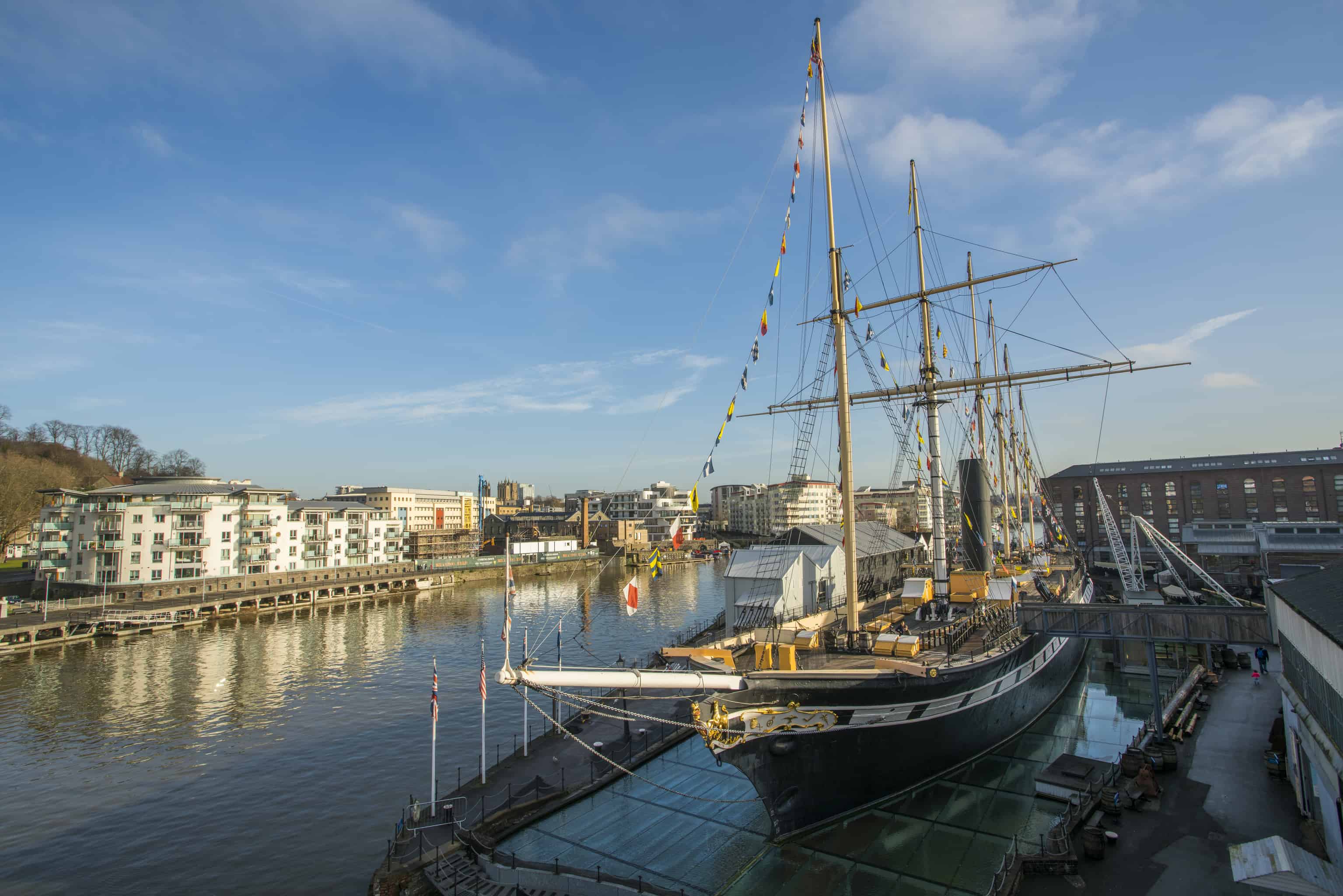The Ladies’ Boudoir – sometimes known as the Ladies’ Cabin or Ladies’ Drawing Room was an area of the ship where passengers could spend time away from other, often busier, public parts of the ship.
Despite its name, the Ladies’ Boudoir was regularly visited by men, but only those accompanied by female passengers; often their husbands or other travelling companions. It was a space for relaxing, writing, music and singing, crafts, reading and playing games.
One passenger, Susan Mary Crompton, 20 years old and just married, kept a detailed journal while she was travelling from Melbourne to Liverpool during May, June and July of 1866. It’s clear from her entries that she was very active when it came to organising entertainment for her fellow passengers and she spent a lot of time in the Ladies’ Boudoir.
The scene in the Ladies’ Boudoir today is based on the notes that Mary made during that voyage. She mentions evenings spent playing Backgammon with the captain, teaching fellow passengers and helping to set up an entertainment committee.
This committee decided arrange a concert, where Mary, along with a Mr. Crebach and Miss Carrington, sang three glees (unaccompanied part songs for three or more solo voices) that other passengers had brought with them.
In one of her entries, Mary says how hard she found learning three pieces in such a short time. The concert took place on Saturday the 2 June in the First Class Dining Saloon, where the piano was moved for the occasion.
Mary mentions the performance of several plays and comic skits; Bombastes Furioso was one of these. Costumes were made by the passengers and included women’s clothes altered for men to wear. Props included a tin trumpet and a child’s cart.
Today you can visit the Ladies’ Boudoir on board where you’ll find a Backgammon board set up for a game, sewing materials, copies of the ship’s own newspaper from the previous voyage for passengers to browse, books, shawls and warm clothing (this is where passengers would have spent time when the ship passed through colder climes).
You can also visit the David MacGregor Library where you can read a copy of Sarah Mary Crompton’s journal.



